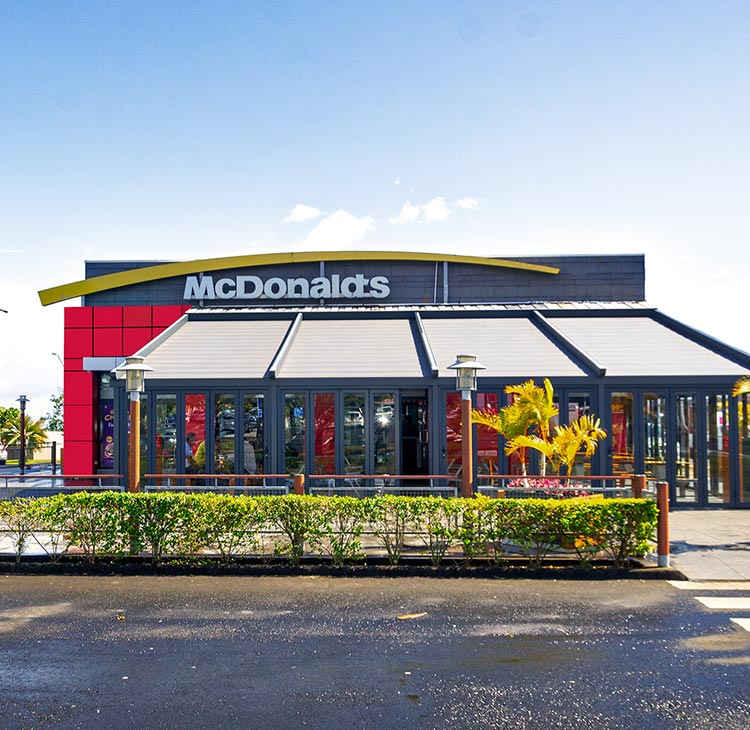When Ray Kroc told the story, they blinked when he encouraged the McDonald brothers to establish a lot more burger restaurants.
It was in 1954. The place: San Bernardino, California, then a quiet city on the edge of the desert, which was located about 50 miles east of Los Angeles.
Kroc sold smoothie machines, and Richard and Maurice (Mac) McDonald were among their best customers.
His restaurant was small, but he sold many smoothies. Obviously, they were doing something good. But they didn’t want that anymore and Mac explained why: “We sat on the terrace at night and watched the sunset. It’s quiet.”
Opening more branches would be a headache: traveling, finding locations, looking for managers, staying in motels. Why worry? You have already made more money than you could possibly spend.
It made no sense to Kroc. He was doing it the way that was completely unknown to me. He remembers.
Then he convinced the brothers to expand their restaurant chain. When Kroc died three decades later, McDonald’s had thousands of restaurants that made billions of dollars.

This shows that not all successful entrepreneurs are the same. You have different talents and you want different things. Let’s take Dick and Mac. They were brilliant in finding more efficient ways to make burgers.
As John F. Love explains in his McDonald’s book: Behind the arches, the brothers, in collaboration with a local craftsman, invented a new type of spatula, a new dispenser that sprays the same amount of ketchup and mustard, and speeds up a Spinning plate. Improve the assembly process for hamburgers, buns, and spices.
What Henry Ford did for cars, the McDonald brothers did for hamburgers and fries – they divided the processes into simple, repetitive tasks.
This meant they could get food out quickly, cheaply, and consistently. There was nothing like it.
But when it comes to the world at large, the brothers seem pretty upset.
Dick and Mac laughed when the participants looked out the window, pulled out notebooks, and made plans. When someone asked him about these shiny spice dispensers, he happily called him a craftsman friend. None of them bothered to patent the design.
Some people wanted more than just sketches, so in a way the brothers sold franchises.
For a single price, you can purchase plans for your gold arched building, a 15-page description of your “Speedee Service System” and a week of training. After that, the franchisees were left alone.